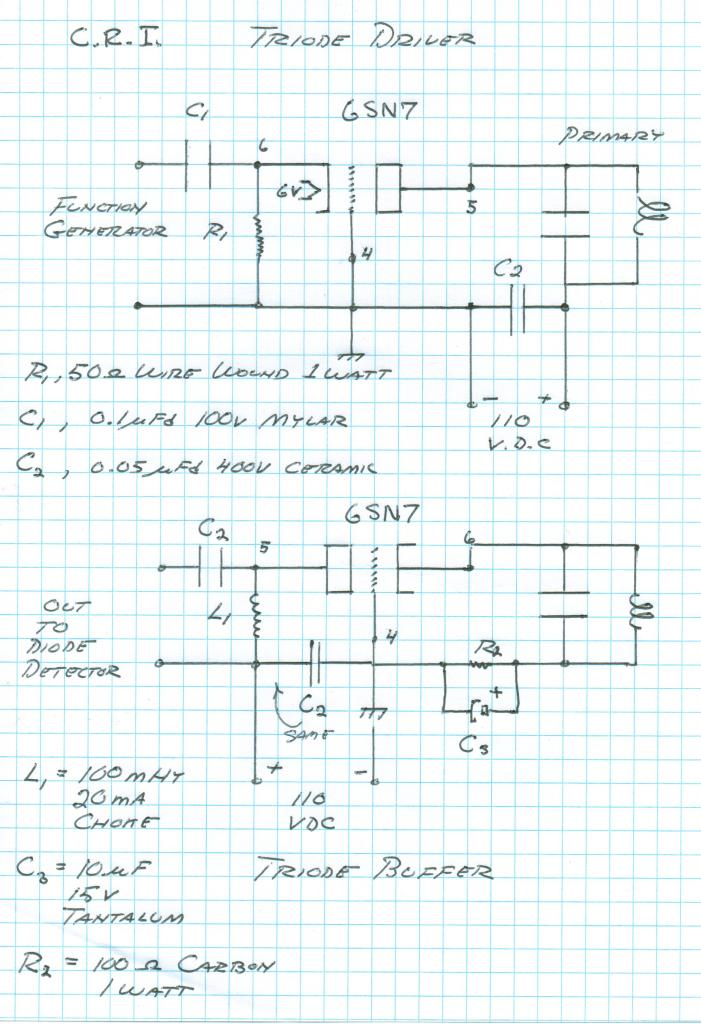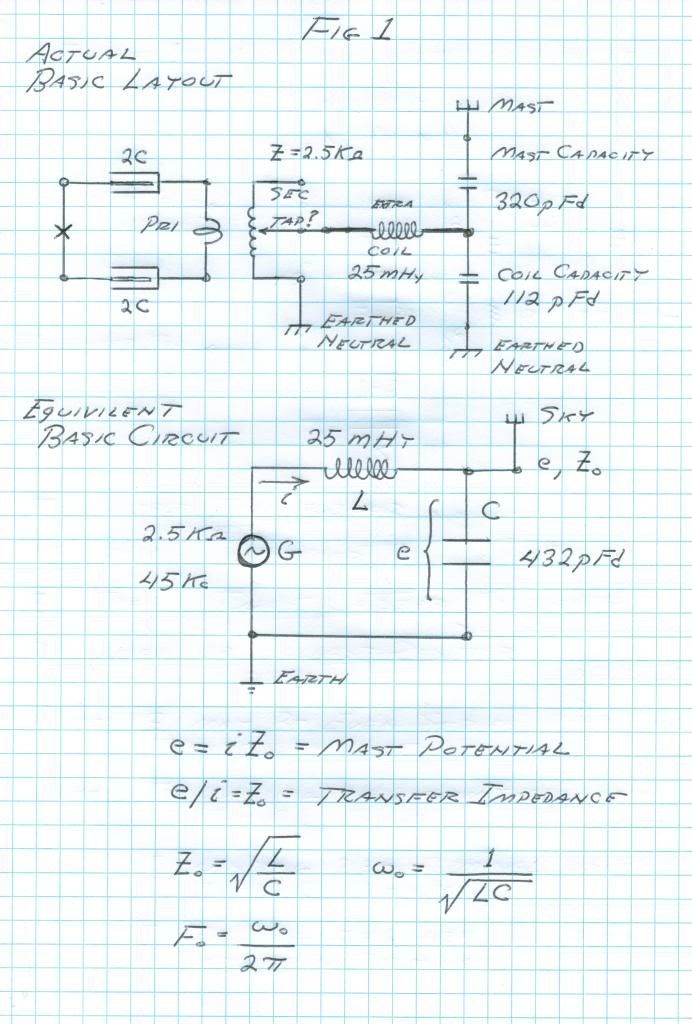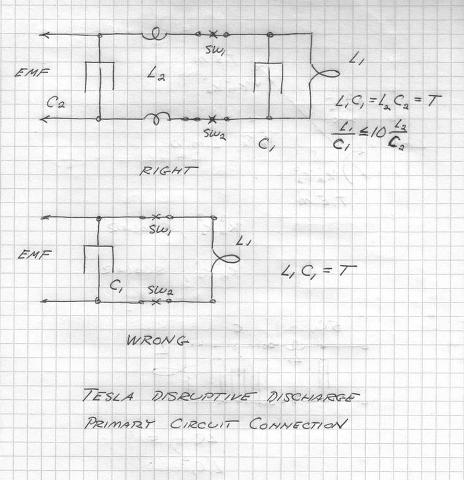You mentioned that the plate current was dipped at optimum load. I realised that I did not measure the plate current so I tried a mA meter between the dc power and the anode but that gave me 10mA and nothing dipped.
So please could you help me out what current I have to measure to dip the plates?
This is my grounded grid driver.







Leave a comment: